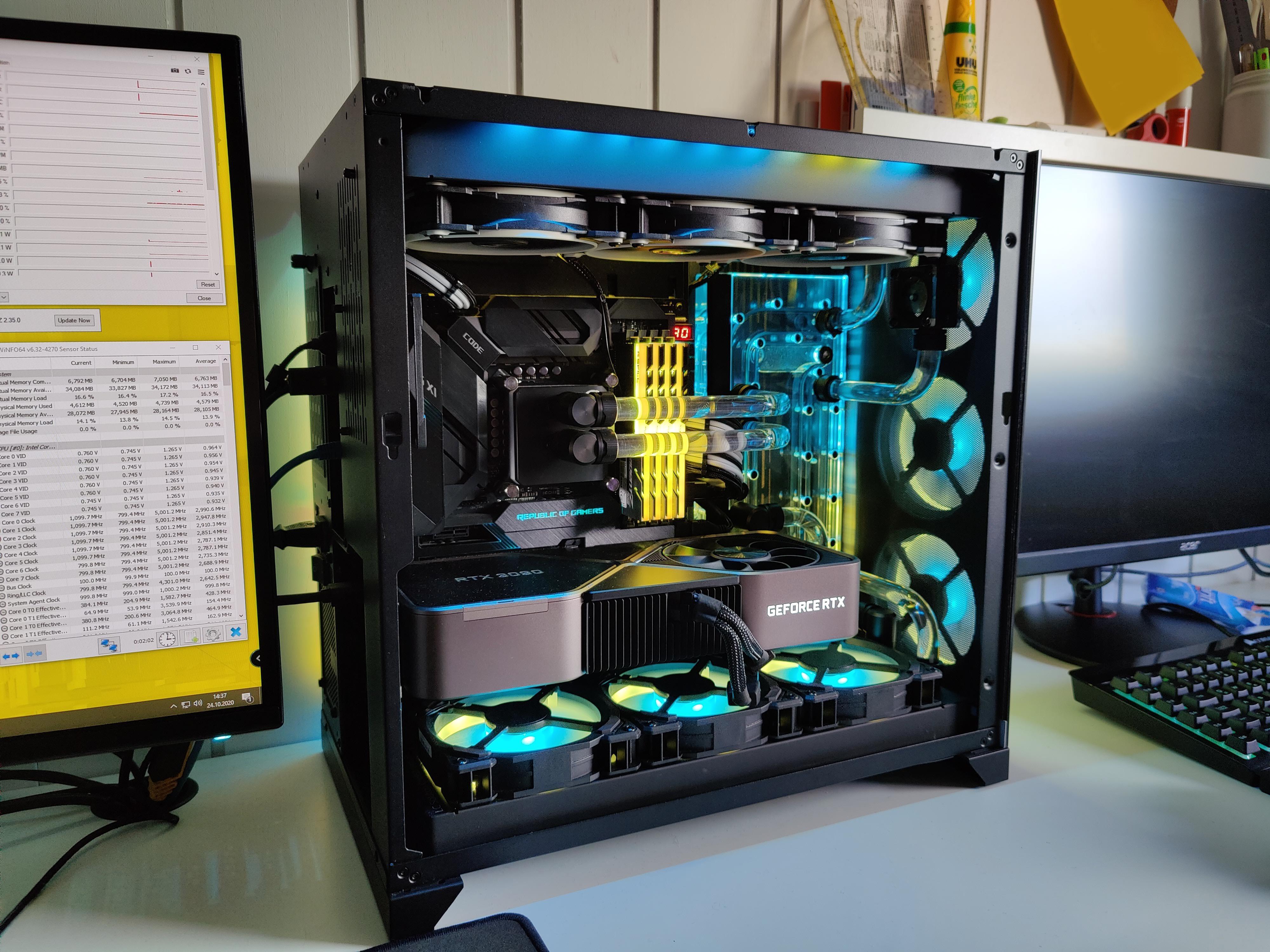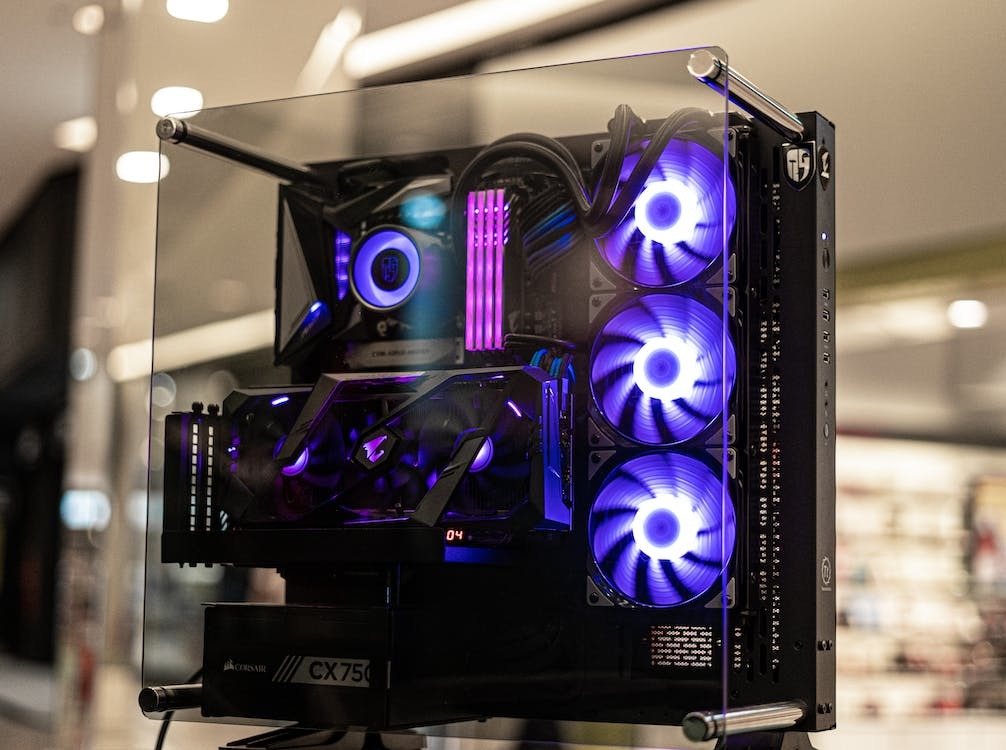Building your own gaming PC is a great solution for those looking for maximum performance at a reasonable price. In this article, we will go over the steps and tips for choosing components and building a gaming PC that will not only satisfy your gaming needs, but also won’t break the bank.
1. Planning and selection of components
1.1. Processor (CPU)
- Choosing a budget option: The best choice for a budget gaming PC is AMD Ryzen 3 or Intel Core i3 processors. They offer enough performance for most modern games without breaking the bank.
1.2. Motherboard
- CPU Compatibility: When choosing a motherboard, make sure it is compatible with the selected processor (socket, chipset) and supports the required number of slots for RAM and expansion cards.
1.3. Random Access Memory (RAM)
- Capacity and Frequency: It is recommended to select at least 8GB of DDR4 RAM with a frequency of at least 3000MHz to ensure smooth system operation and game running.
1.4. Video card (GPU)
- Balancing performance and price: Depending on your budget, choose a graphics card that will provide enough performance for your games. Options like the Nvidia GTX 1650 Super or the AMD Radeon RX 5500 XT are good choices for budget-friendly systems.
1.5. Hard drive or SSD
- Speed and storage capacity: Enable an SSD for the operating system and key applications, as they significantly speed up boot times. You can add a larger hard drive to store data.
1.6. Power Supply Unit (PSU)
- Reliability and power: Choose a power supply with plenty of power to spare and high efficiency (80 Plus Bronze or higher) to ensure all components operate smoothly.
2. PC assembly
2.1. Preparation and installation of components
- Static Electricity: Before assembly, ground yourself to prevent static electricity from damaging components.
- CPU and Cooling Installation: Make sure the CPU is installed correctly and that the cooling is efficient enough to prevent overheating.
2.2. Cable connection and verification
- Correct Connection: Connect all power, SATA, and PCI Express cables to the appropriate connectors on the motherboard and power supply.
- Check functionality: Connect your monitor and keyboard to ensure the components boot and function properly.
3. Configuration and testing

3.1. Installing the operating system and drivers
- Windows Installation: Install the latest version of Windows and update all drivers for optimal compatibility and performance.
3.2. Performance tests
- Benchmarking: Use benchmarking programs (such as 3DMark for graphics, Prime95 for CPU) to assess the stability and performance of your PC.
Conclusions

Building a gaming PC by yourself is possible on a budget if you select the right components and then assemble them. This process is not only cost-effective, but also allows you to customize the system to your specific gaming and application needs. Follow our guide to build a powerful gaming machine without breaking the bank.



